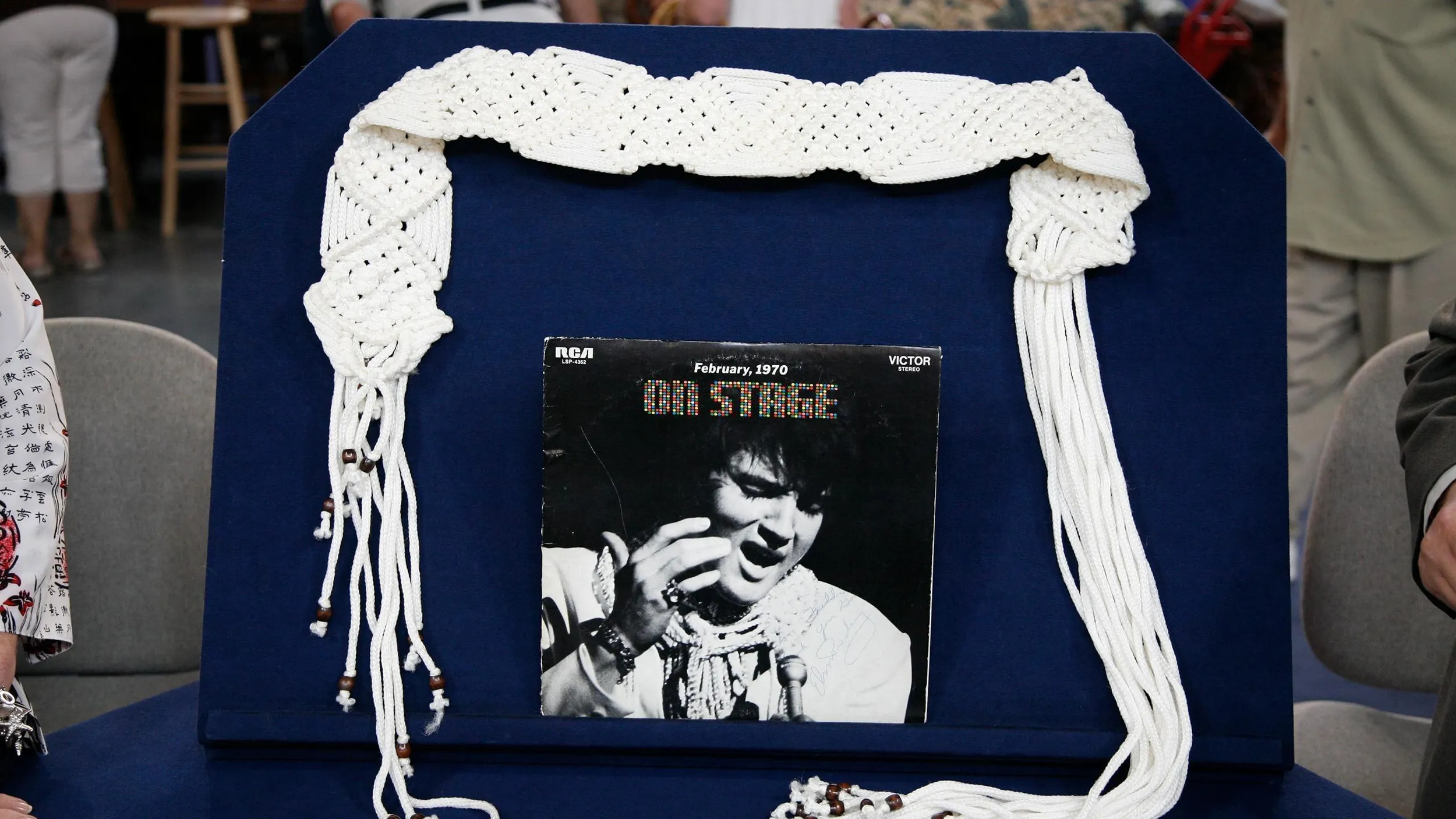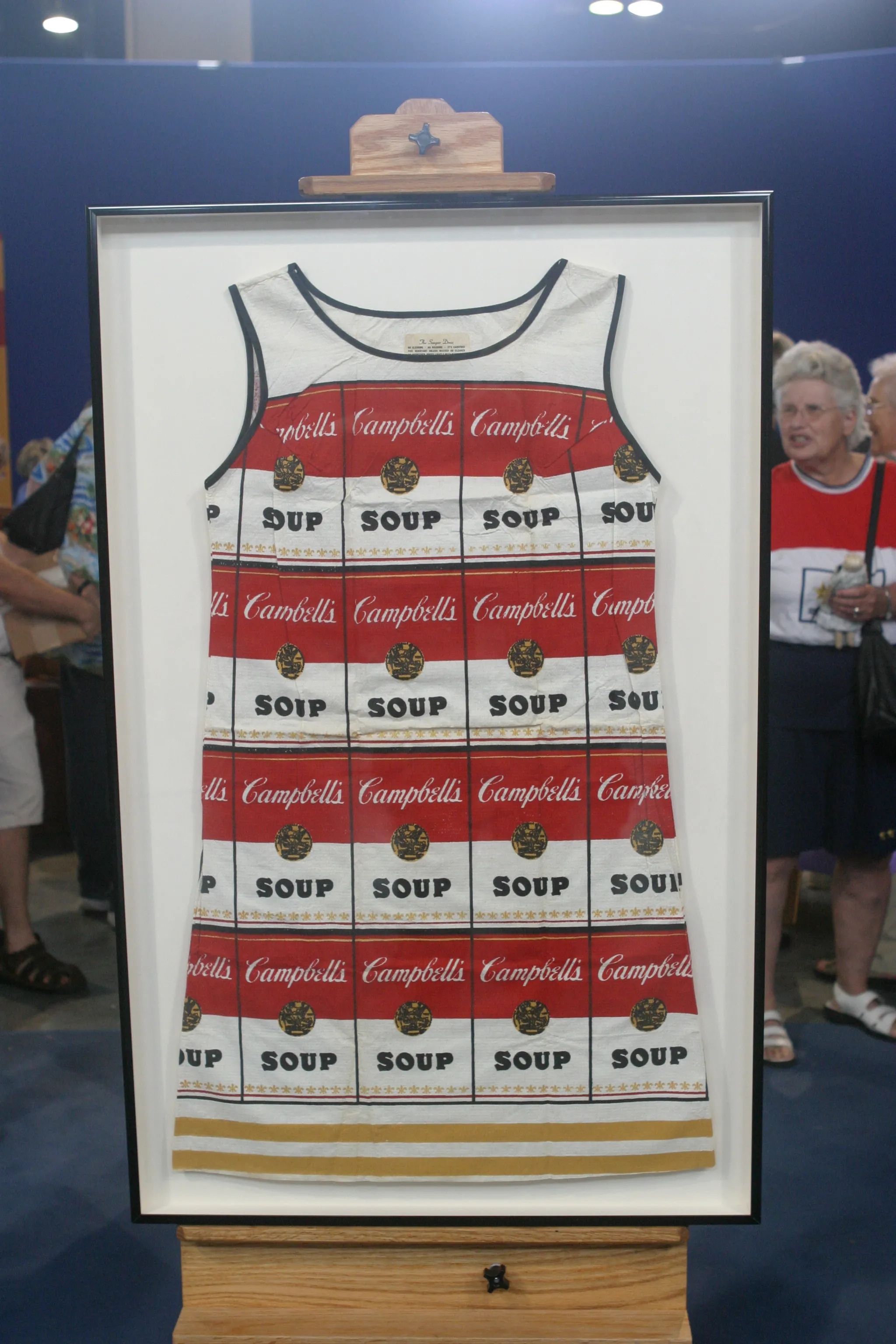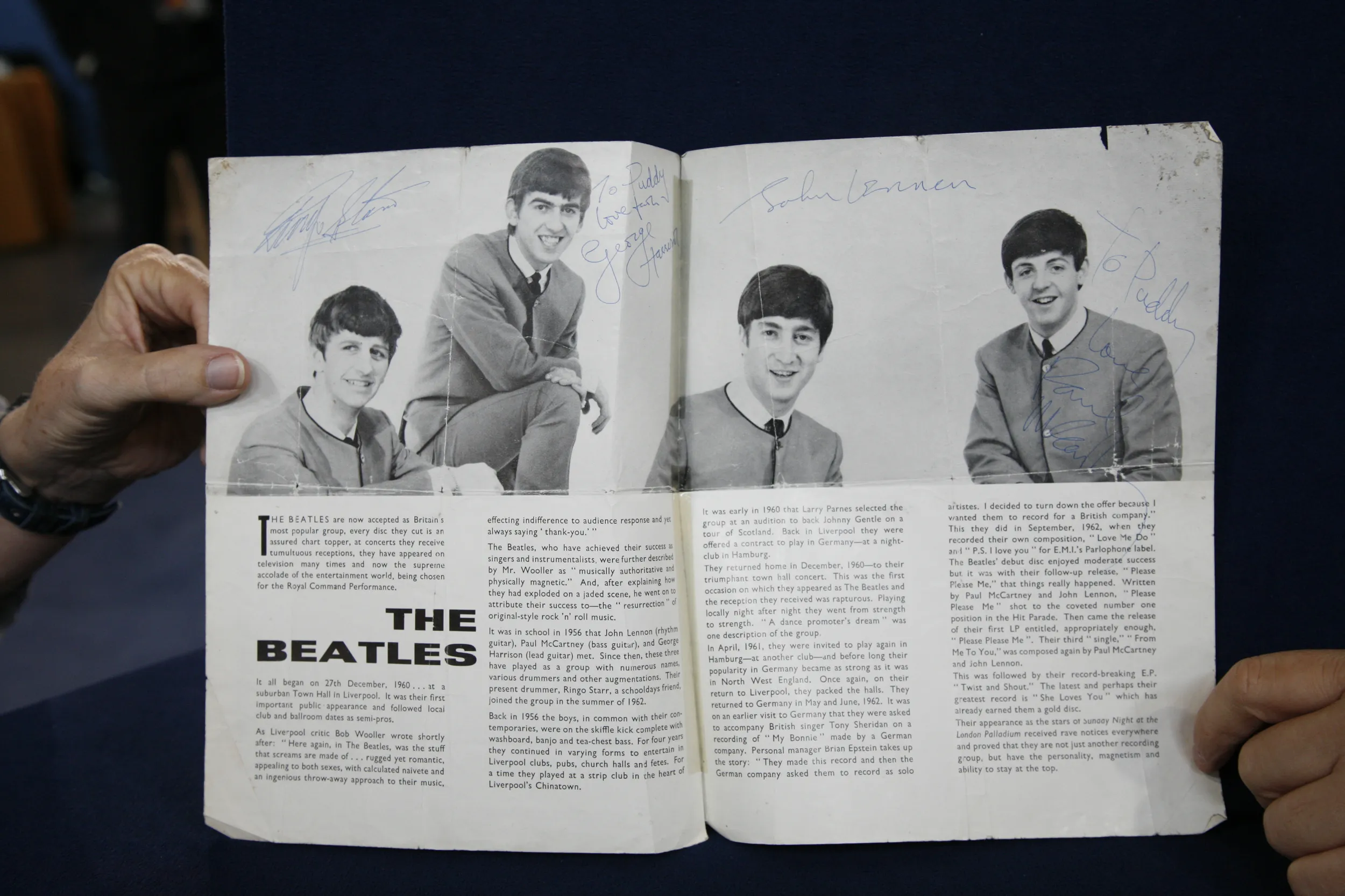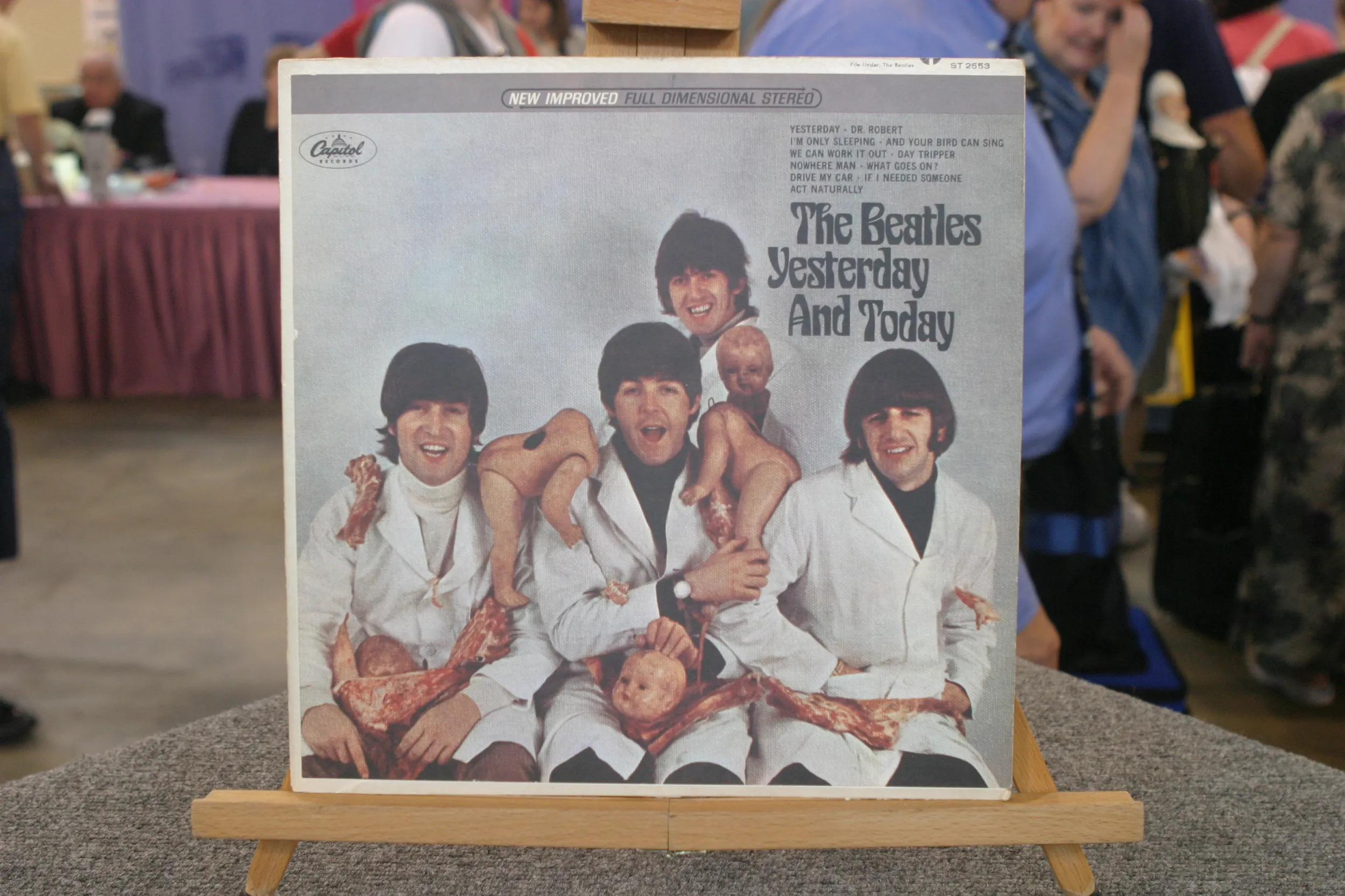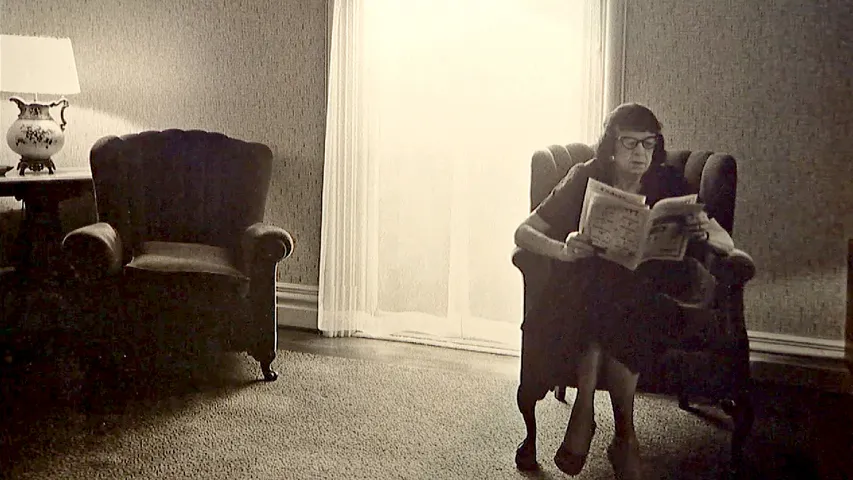GUEST: My father was a newsman for the Voice of America, and in the late '50s or early '60s, he interviewed Woody Guthrie for one of their cultural programs. And the story is that my father noticed these drawings on the table next to Woody and admired them, and Woody Guthrie pulled these three drawings off the top of the pile and handed them to him.
APPRAISER: It's a wonderful story, and impeccable provenance, too, if I may say. Do you know much about the rest of his drawings or his other artworks?
GUEST: Only a little bit. I recently got a book about it by Nora Guthrie, and all I know is there aren't very many of them in circulation. Most of them were in his diaries, in his journals, and so on, but that's about all I know.
APPRAISER: As far as I'm aware, many of them are actually in the Woody Guthrie Archive in New York. He'd started drawing quite early on. Around about 1939, he was doing illustrations for the "Woody Sez" column that he used to write. And he was also known for doing drawings for his book "Bound for Glory," of course. And he worked in series. He did a series of drawings of Sacco and Vanzetti.
GUEST: Wow.
APPRAISER: He did works around Coney Island. And he even did portraits and cartoons and all, all sorts of things like that. I was very impressed by the economy of line and the great directness of the imagery in these works. I suppose we shouldn't be too surprised by that. He didn't mince words and immensely creative when it came to self-expression. So I can imagine, when he didn't feel the lyrics were working, maybe he decided to do some drawings and see how that would work. It's interesting, because they fall into an area which is part collectibles, part fine art, part, you could almost argue, rock and roll-folk memorabilia. So you have a number of different groups I think would be interested in, in these works. Now, when exactly was that they were acquired from?
GUEST: Late '50s, '60s.
APPRAISER: Yes, because of course by then, he, he was suffering very badly from Huntington's chorea, which is a degenerative disease.
GUEST: Yes.
APPRAISER: I've spoken to one of my colleagues who deals specifically with collectibles and autographs. And he had told me that just an autograph, such as this by Woody Guthrie, would be worth at least $1,000 to $1,500. And so on that basis, one must assume that for an original artwork, these should be worth at least, I would have thought, $3,000 to $5,000 each at auction. Thanks very much for bringing these in.
GUEST: Thank you.

